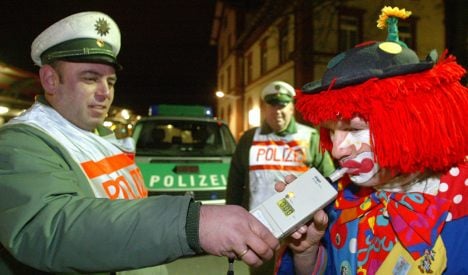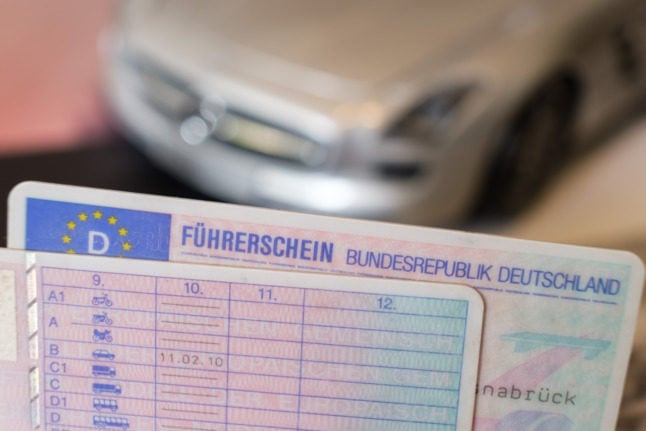A survey commissioned by the Transport Ministry shows the number of accidents involving personal injury where alcohol was involved had declined by 12 percent in 2008, a year after the ban was enacted.
The number of alcohol-related accidents in which beginner drivers were involved sank by 15 percent, according to details of the survey published in the Welt am Sonntag newspaper.
“I am clearly in favour of a 0.0 pro-mille limit for all car drivers, no matter what age. No-one can objectively estimate their blood alcohol level after one or two glasses of beer,” Wolfgang Böhmer, minister president of Saxony Anhalt told the paper.
“That is why I am in favour of a clear line. Then every driver knows where they are.”
The current limit for drivers not affected by the complete ban is 0.5 pro-mille.
Saxony Anhalt’s state transport minister Karl-Heinz Daehre is set to put the topic on the agenda for discussion at his next conference with state transport ministers, the paper adds.
He and Böhmer are both members of the Christian Democratic Union, but received support for the idea from a number of top Social Democratic Party members, including transport minister in Mecklenburg Pomerania Volker Schlotmann, who said, “The zero pro-mille limit would save lives.”
He has suggested initially expanding the group of those affected by the limit to those between 21 and 25. “That would be a start, as members of this age group are still more frequently involved in accidents,” he said.
This idea was supported by Kurt Bodewig, former federal transport minister and currently president of the Deutsche Verkehrswacht, an organisation which promotes road safety.
But the idea of extending the ban on drink-driving has been rejected by motoring organisation ADAC, which told the Welt am Sonntag a complete ban would be neither reasonable nor enforceable.
ADAC president Peter Meyer said it would be better to have more checks to better enforce the current limit. “If one can pretty much rely on there being no checks, the legal limit only plays a minimal role,” he said.
Peter Ramsauer, federal transport minister, supports the current situation but the paper says has rejected the idea of extending the complete man.



 Please whitelist us to continue reading.
Please whitelist us to continue reading.
Member comments